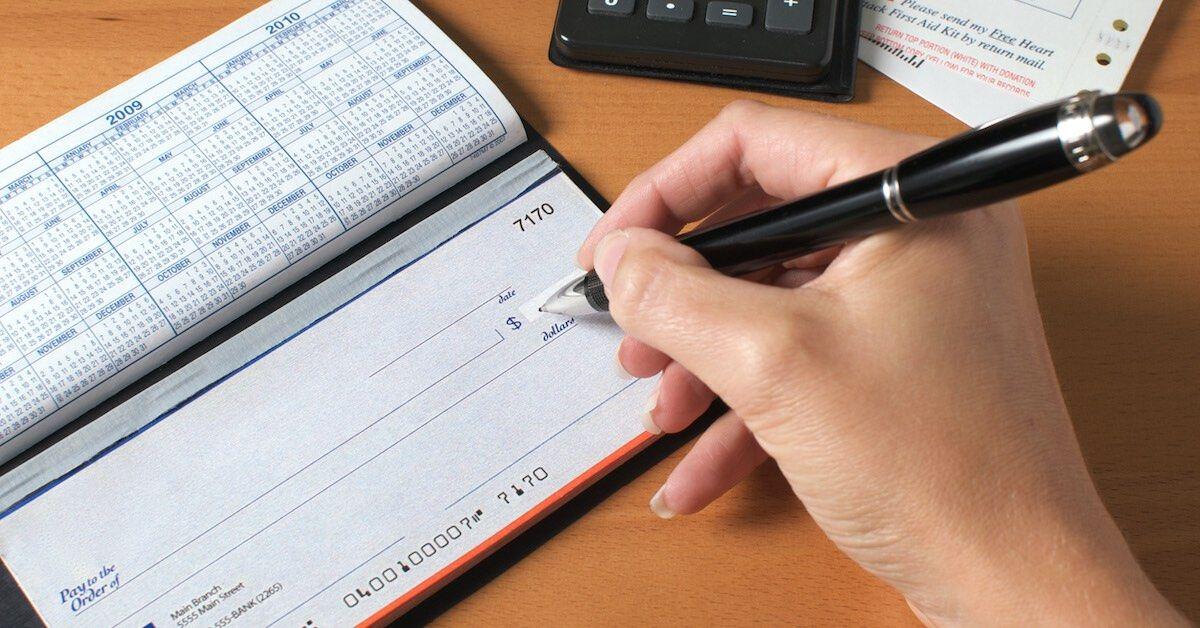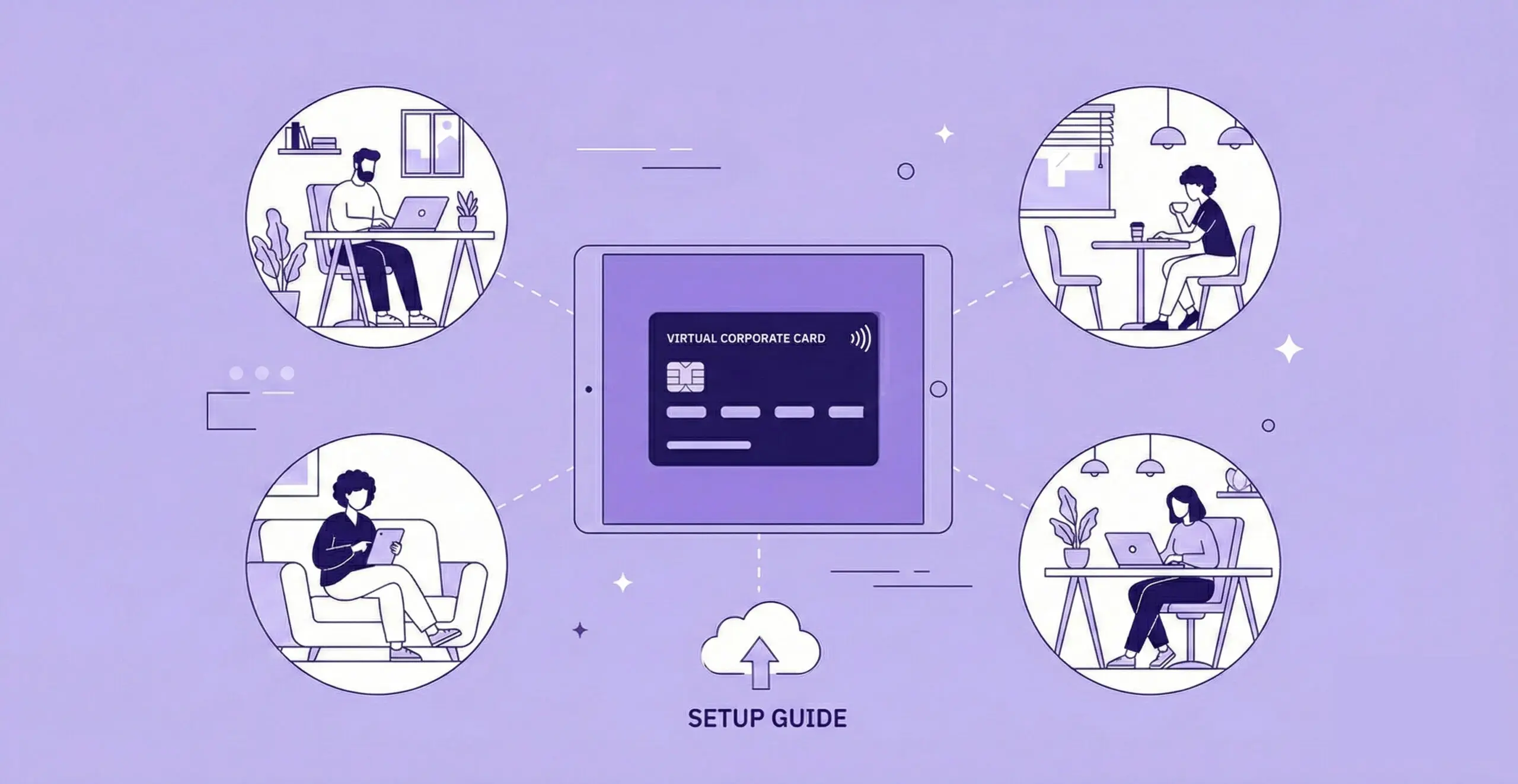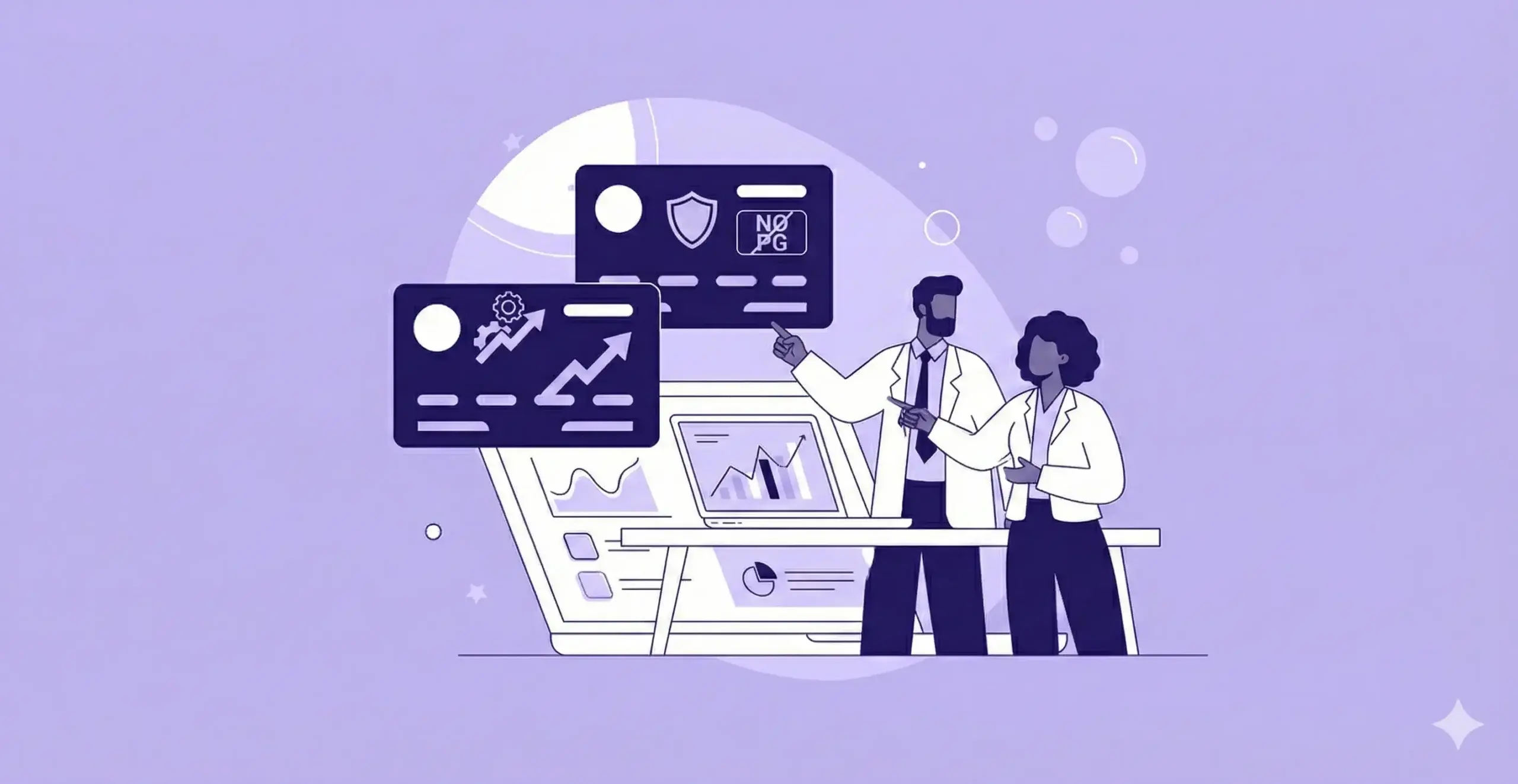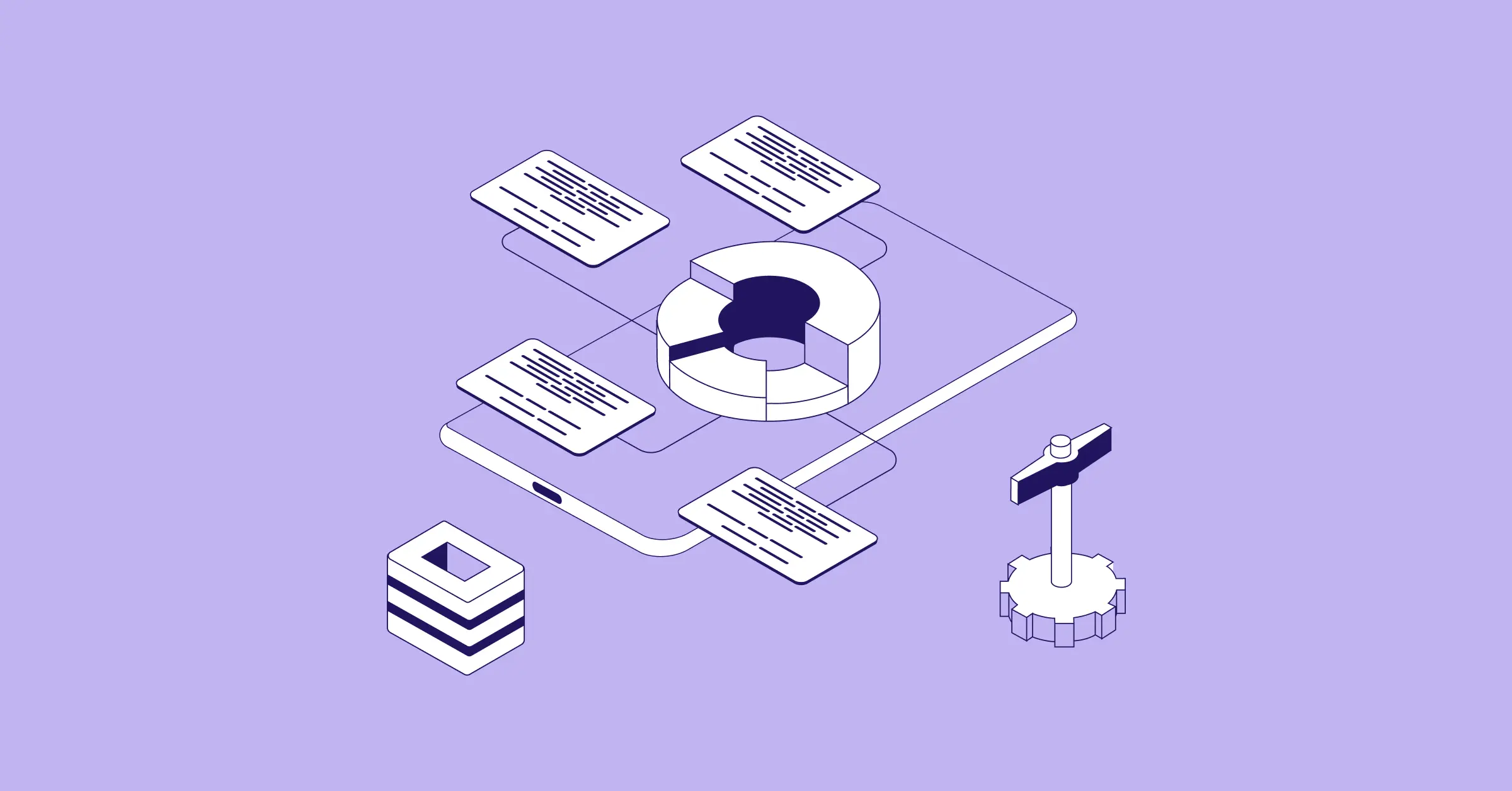March 02, 2023
Streamline your B2B Payments with secure and efficient paper check solutions

Sign up for our newsletter
Stay informed with the latest trends and best practices in finance and procurement.

In 2020, unless you were a brick and mortar store, you had to pack up shop and work from home. The business world shifted overnight, causing e-commerce sales to rise by 43%. Since the adjustment, trading between business and customer has never been easier. Therefore, the question arises, why are companies not digitising all their business-to-business (B2B) payments? It’s a great question since one in three businesses still pay some of their bills using paper checks.
In fact, according to the AFP, companies use checks for 92% of incoming payment transactions and 86% for outgoing payments. Businesses use Automated Clearing House (ACH) payments for 87% of incoming payments and 78% of outgoing ACH credit and debit payments. In addition, Fedwire/CHIPS are 74% used for outgoing payments.
Why Are Paper Checks Still Popular?
In today’s society, technology is moving forward, yet businesses still rely on the paper check. We have to ask why? Companies have become accustomed to paying all their B2B payments via check. Hence, change can be difficult. It ultimately boils down to comfort. Some companies use traditional methods for their accounts receivable and accounts payable, and therefore digitising can be a bit more challenging.
Small to medium businesses might be ready for change, but their suppliers aren’t! This can mean that they have to stick to the trusted paper check. Furthermore, some business owners still believe that paper checks are the best way to run their operations. This means the check isn’t on its way out just yet! However, if your suppliers aren’t ready to digitise, platforms such as PayEm offer digital checks. This way, you can continue to pay a wide range of vendors without having to wave goodbye to the trusted check! The platform doesn’t require topping up, it enables direct bank connections.
Fortunately, platforms such as PayEm offer digital e-checks, which means you can pay a wider range of vendors, particularly the traditional industries. PayEm enables direct bank connections and eliminates the need for account topping up.
The Rise of Digital B2B Payments
Covid shook up our world and changed the way businesses operated. Due to the backlog at the post office, you were unable to receive your usual checks on time.
However, companies soon realized that digitising B2B payments could speed up the process.
Due to inflation, the prices of goods are changing daily. Thus, the speed of B2B payments has never been more critical. According to the AFP survey, 54% of people say that speed entices them to choose a particular payment method. In that same survey, 40% said that efficient reconciliation is vital. That’s 5% higher than in 2019. 39% said fraud control was a key benefit, and 34% mentioned cost savings as a factor.
Benefits of Digitising B2B
Even if you are a lover of paying by checks, you could miss out on a whole realm of opportunities. Opting for a digital solution means you could streamline your payments, meaning reducing processing costs. According to Nacha and the AFP, The cost of issuing a check sits between $2.01 and $4, and the cost of receiving is around $1.01 to $2. Nonetheless, private organisations pay lower fees. However, it’s a huge chunk of change when you compare it to an ACH payment. The ACH payment costs businesses an average of 26-50 cents when receiving and initiating.
Even if you’re afraid to take the leap and switch to digitise 100%, you could always incorporate some digital options to see the benefits firsthand. Additionally, it can provide you with speed, accuracy, and efficiency. This is because digital payments are less fraudulent than checks. Platforms such as PayEm put you back in control. PayEm accelerates the invoice process from beginning to end, removing the heavy manual workload!
Easy Invoicing
PayEm eliminates the manual work with optical character recognition (OCR) technology, making invoicing easy as pie. OCR is a technology that converts images of text into machine-readable text. The technology uses deep learning algorithms to ensure accuracy. Therefore, you improve efficiency, saving you time to grow other parts of the business.
Be More Efficient
Gone are the days of ineffective processes. PayEm’s automation eliminates the payment approval times to work with your needs. The platform implements the processes and flows you require.
Sync Easily With Your ERP
Sync your enterprise resource planning with your bill payments. Invoice approvals and paying your regular suppliers have not been simpler!
Schedule Payments
When you make payments by checks, it could be hard to keep track of your cash flow. This is because when you fill out checks, the best way to track them is by the stubs in your book. That means manually calculating how much you have spent. If you’re still working with traditional vendors, PayEm’s e-checks are so simple to use:
- Set a check payment account on the vendor level.
- Select the payment account in the Bill payment section.
- Select if it is physical or digital.
- Schedule the payment.
- Done!
Hence, when you digitise and opt for solutions such as PayEm, you have a 360 view of your spending, taking out the guesswork! In addition, you may schedule recurring payments for daily suppliers or vendors. Alternatively, you are able to make a one-time payment if it’s a new supplier or vendor. You can also view the payment status.
Summing Up
Digitising your B2B payments can assist you in improving your spend management. You can understand how much capital you have and forecast better, which is essential for the stormy seas we are all facing. Moving away from paper may be daunting to start. However, once you make the change, you will question what took so long! Contact PayEms' team of experts for a free demo and learn how to get started.


